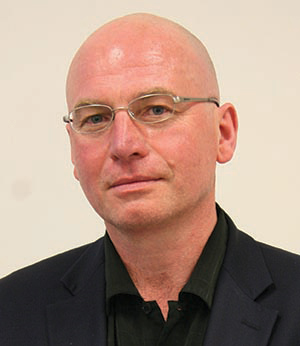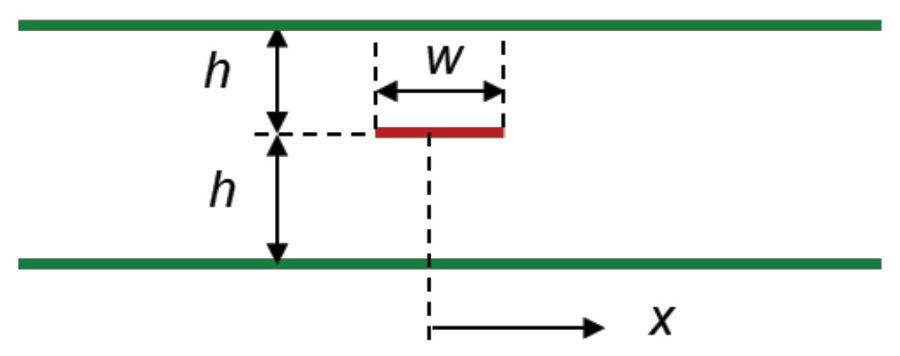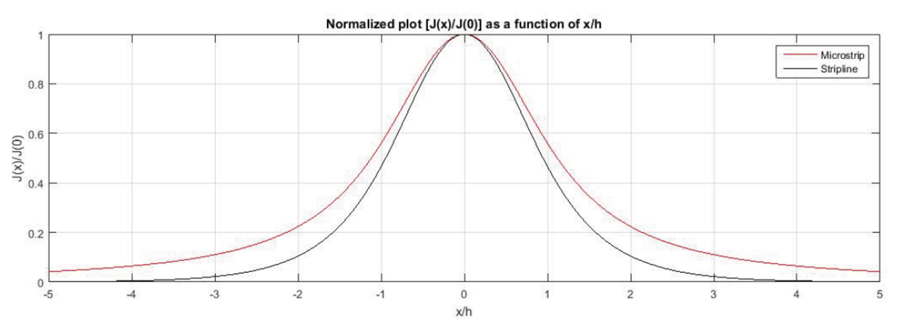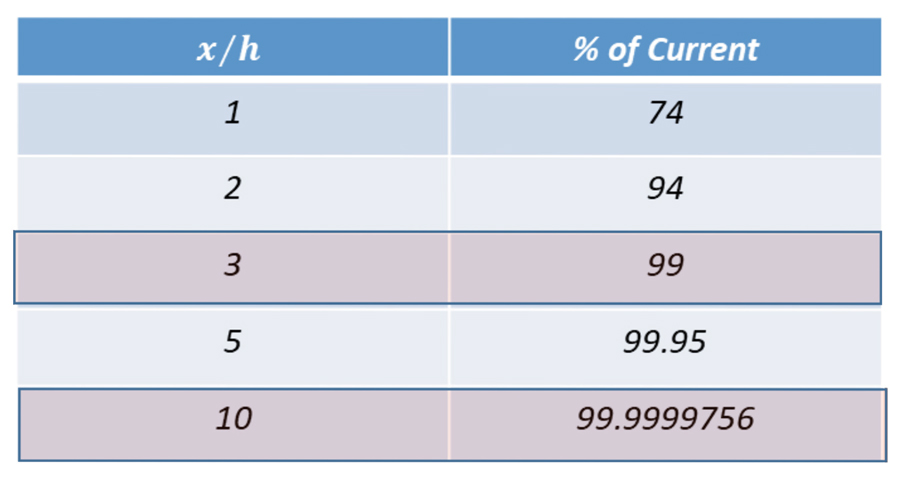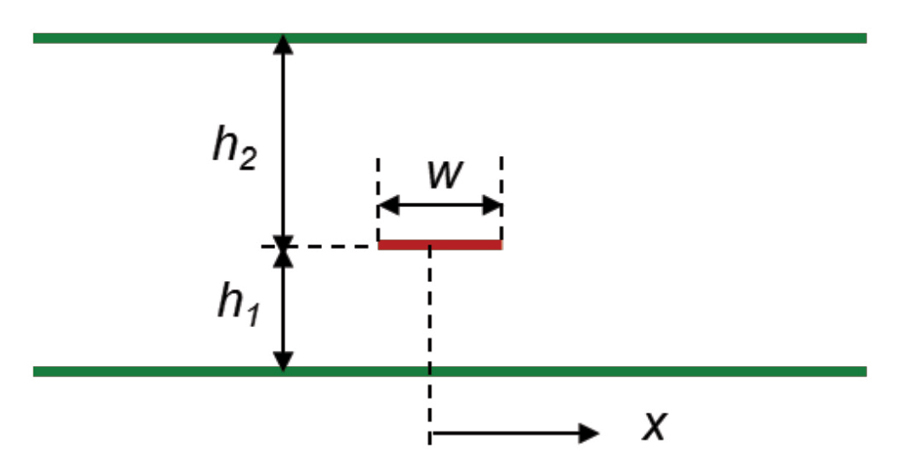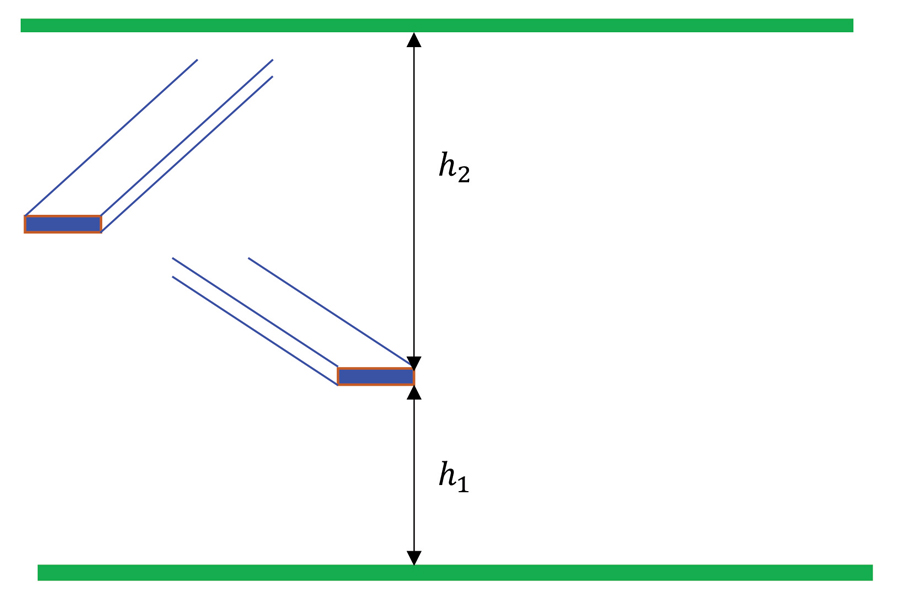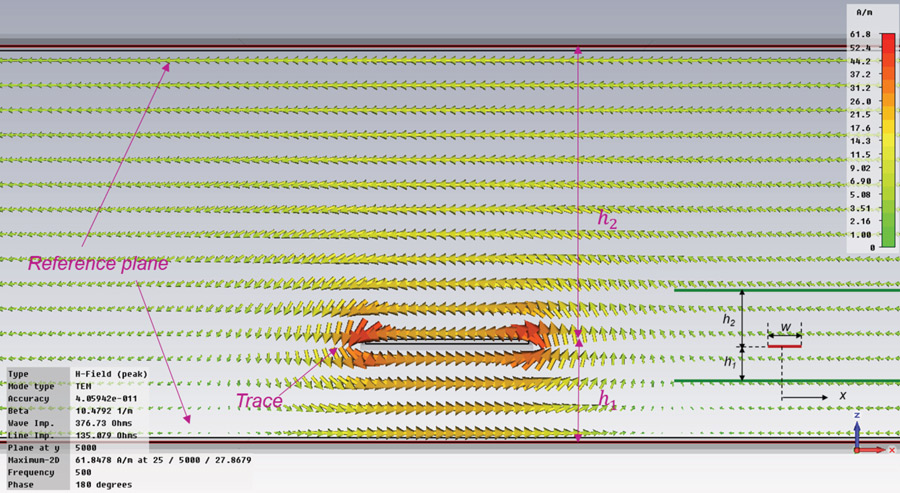ast month’s article, [1], discussed the distribution of a PCB return current in a microstrip configuration. This article discusses the current distribution for the stripline configurations.
The possible plane combinations are shown in Figure 2.
Figure 3 and Figure 4 (on page 14) show the CST Studio simulations of the E and H fields, respectively [2].


Figure 5 shows the Matlab plot of (normalized) current density as a function of x/h for both the symmetric stripline and a microstrip configuration.
Figure 6 shows the % of the total return current for both configurations, contained in the portion of the plane between ±x/h of the centerline of the trace.
Table 1 shows more detailed results for the stripline configuration [3].
In the stripline configuration, 99% of the current is contained within ±3 x/h. Virtually all current is contained within ±10 x/h.
Figure 8 shows an 8-layer PCB where the signal V1 is placed between two ground planes, while the signal H2 is routed between a power plane and a ground plane.
Figure 10 shows a PCB topology where two high-frequency traces are placed between the reference planes.
Figures 11 and 12 on page 16 show the CST Studio simulations of the E and H fields, respectively.
The current distribution for the close and far reference plane is described by its current density [3] J(x) as
Figure 10 shows a PCB topology where two high-frequency traces are placed between the reference planes.
Figures 11 and 12 on page 16 show the CST Studio simulations of the E and H fields, respectively.
The current distribution for the close and far reference plane is described by its current density [3] J(x) as
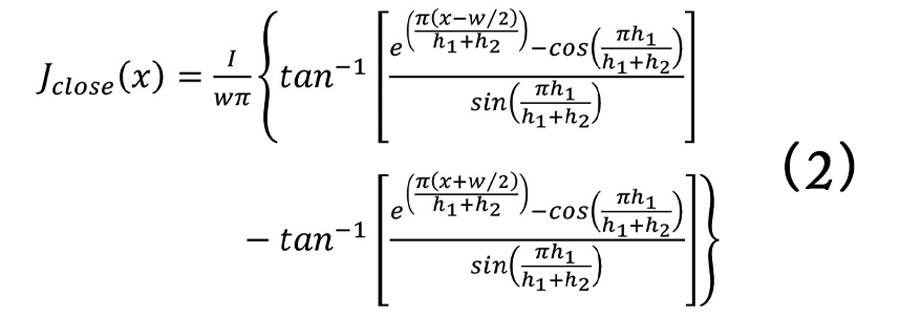
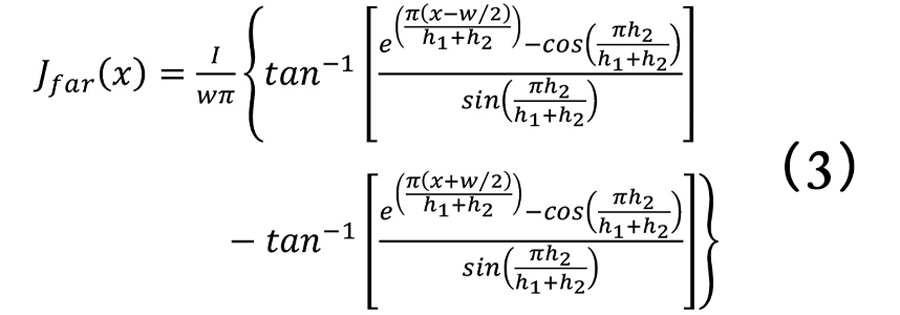
Note that, directly under the trace, 75% of the current flows on the closest plane and 25% on the far plane. At distance, greater than ±3 x/h, the currents in both planes are of the same magnitudes.
Finally, Table 2 shows the percentages of the return current in each plane for different h2/h1 ratios [3].
- Bogdan Adamczyk, “PCB Return-Current Distribution in a Microstrip Line,” In Compliance Magazine, November 2020.
- Scott Piper, CST Microwave Studio Simulations, Gentex Corporation, 2012.
- Henry W. Ott, Electromagnetic Compatibility Engineering, Wiley, 2009.
- Bogdan Adamczyk, “PCB Return-Current Distribution in a Microstrip Line,” In Compliance Magazine, November 2020.
- Scott Piper, CST Microwave Studio Simulations, Gentex Corporation, 2012.
- Henry W. Ott, Electromagnetic Compatibility Engineering, Wiley, 2009.
